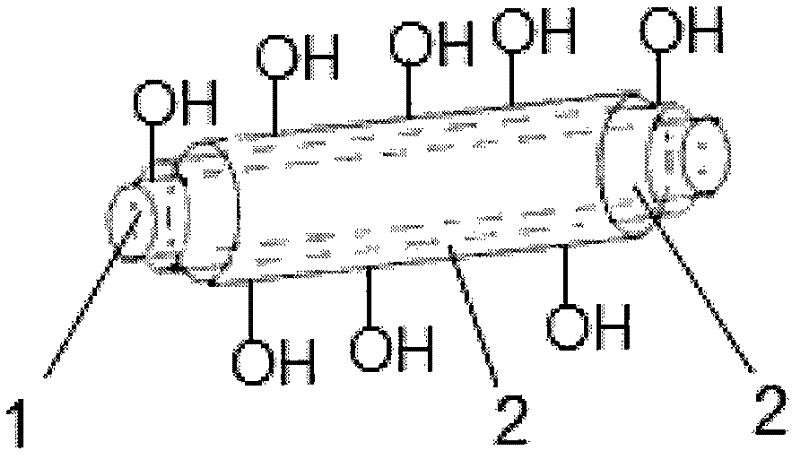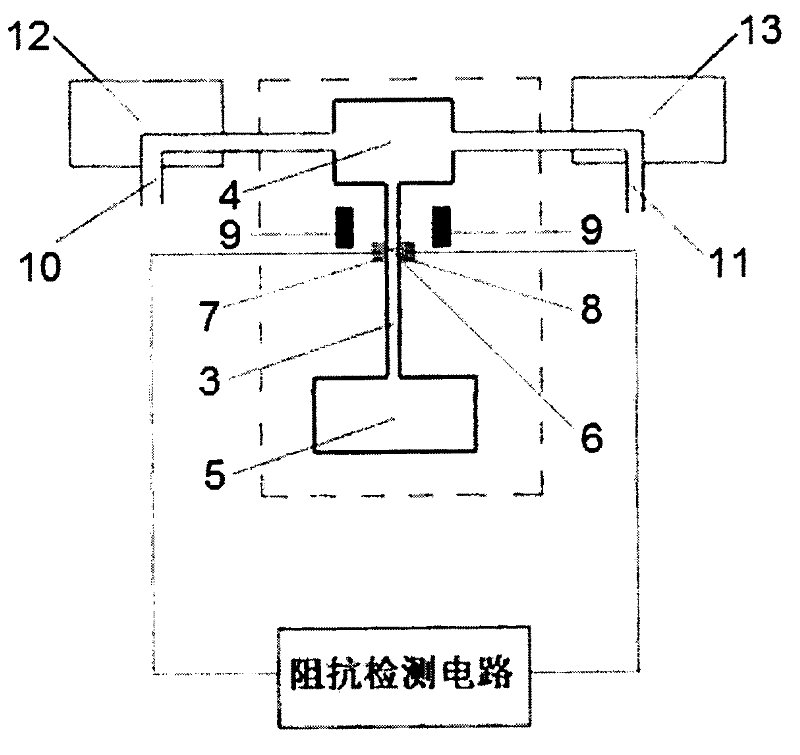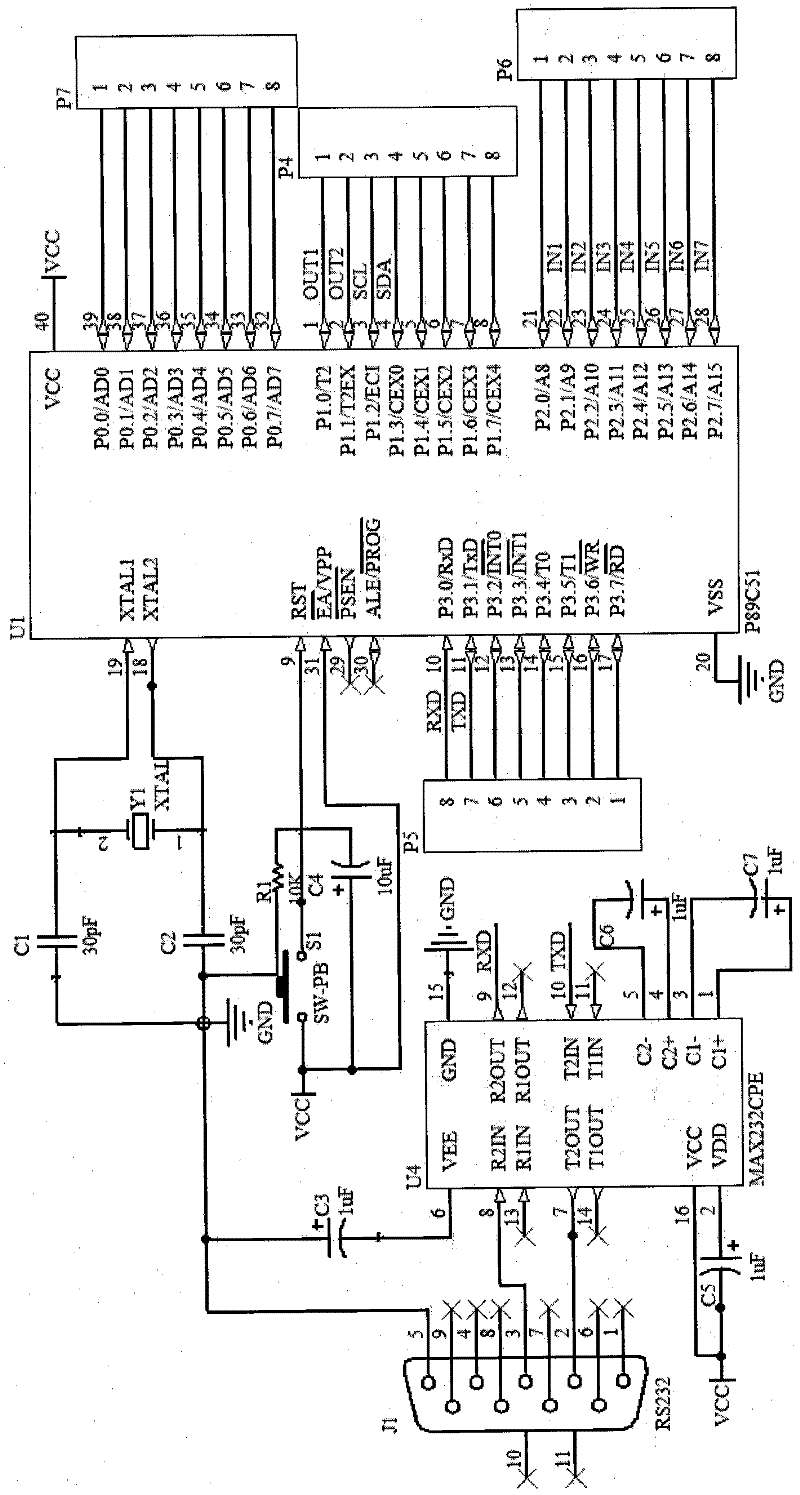TiO2 (titanium dioxide) nanowire biosensor chip and system for fast detecting Enteropathogenetic Escherichia coli (EPEC)
A biosensor and Escherichia coli technology, which is applied in the direction of instruments, measuring devices, scientific instruments, etc., can solve the problems of five to six hours of detection time, the inability to realize real-time detection of bacteria, and large manpower and material resources, so as to meet the rapid The effect of fast detection and testing and cost saving
- Summary
- Abstract
- Description
- Claims
- Application Information
AI Technical Summary
Problems solved by technology
Method used
Image
Examples
Embodiment Construction
[0018] Coaxial layered structure TiO of the present invention 2 Nanowires are prepared by solution method, the following example illustrates: 0.2g TiO 2 Add the powder to 2.0mol / L Ca(OH) under constant stirring 2 and 10mol / L NaOH mixture, transfer the mixture to a polytetrafluoroethylene reactor and seal it, and react at 100-250°C for 4 hours to 7 days to obtain the product, that is, TiO with a coaxial layered structure 2 Nanowires. The resulting product was washed with deionized water until neutral for later use.
[0019] The TiO of the coaxial layered nanostructure prepared by the present invention 2 The schematic diagram of the nanowire structure is shown in figure 1 . The coaxial layered TiO 2 The nanowires are made of central TiO 2 Nanowire shaft 1 and more than one layer of TiO wrapped on the outer layer of the shaft 2 Nanotube 2 constitutes ( figure 1 Only two layers of TiO are shown in 2 nanotubes 2, but the inventive TiO 2 Nanowires can also have one or mor...
PUM
 Login to View More
Login to View More Abstract
Description
Claims
Application Information
 Login to View More
Login to View More - R&D
- Intellectual Property
- Life Sciences
- Materials
- Tech Scout
- Unparalleled Data Quality
- Higher Quality Content
- 60% Fewer Hallucinations
Browse by: Latest US Patents, China's latest patents, Technical Efficacy Thesaurus, Application Domain, Technology Topic, Popular Technical Reports.
© 2025 PatSnap. All rights reserved.Legal|Privacy policy|Modern Slavery Act Transparency Statement|Sitemap|About US| Contact US: help@patsnap.com



